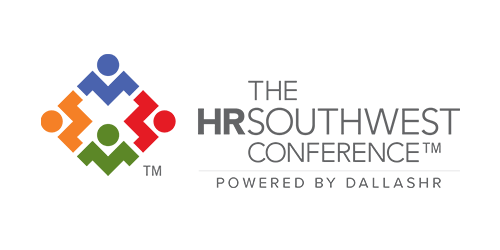
Trends and Best Practices in Employee Monitoring Technology
Millions of us worked from home over the last 14 months. Many of us are likely to continue to work remotely, at least part-time, for a variety of reasons: flexibility, health and safety, changes to offices, relocations and more. We have fully entered the era of the distributed workforce.
Despite this, management still wants to exert the same control over their workforce as they did when we were all physically present in the same office. Why? Simply put, it is harder to trust what you cannot observe, and trust is the foundation of all work relationships.
This is why employee monitoring has become more prominent since the onset of COVID. When people are not in the same physical location, it is much harder for managers to track work schedules, see productivity, and maintain trust—even if employees are actually performing at a high level.
This erosion of trust has led some companies to collect more data on their employees, with or without their consent. This data is then used for analysis, evaluation, and decision-making.
During remote work over the last year, many companies have invested more in employee monitoring tools and software, seeing them as tools to enable future scaling. A recent study by Gartner found over 80% of companies had engaged in some type of employee monitoring over the last year.
Is employee monitoring legitimate?
Employee monitoring and employee privacy are two sides of a seesaw that should be delicately balanced. On the one hand, employee monitoring can ensure company privacy, especially when it comes to industries, projects, or clients where cybersecurity or regulatory concerns come into play, for example. Employee monitoring can also provide data on performance critical to resolving HR challenges like security breaches and termination.
On the other hand, employee monitoring can compromise productivity, decrease trust, and ultimately damage the work relationship between employer and employee. While most employee monitoring is legal and unregulated in the United States and employers are not required to disclose it, it is best practice to have company documentation and disclose policies to your workforce. This helps to create transparency and ensure purpose, two foundational pillars that ensure employees accept and employers’ benefit from employee monitoring.
Employee monitoring tools and data
Employers are using many different ways to monitor their employees. These include using videoconferencing tools to record meetings, embedding tracking tools and webcam software into employees’ computers or browsers, collecting data from smart wearables, and even hiring private investigators, to use an extreme example.
According to Gartner, employers commonly collect employee medical data (41%), employee movement data (26%), and work computer usage (20%). This data can be used for decisions ranging from benefits to employee reviews to workforce planning and continuity.
When employee monitoring crosses the line
Employee monitoring can uncover real problems, like security breaches, sexual harassment, and racism. Difficult to detect, these problems must be addressed. Employee monitoring can also give employers valuable data to make decisions about managing or protecting their workers, changing or boosting security policies, improving workflows, and improving customer experience. These are all net positives, as long as employees are aware and have consented to monitoring.
Monitoring can cross the line, though—especially when employers do it without employee consent, or when it increases stress and anxiety. When it erodes trust and damages employee experience, it becomes a net negative for many employers.
In a rapidly changing world, it is essential to understand how employee monitoring has evolved. Embracing best practices can help you keep your workers safe, engaged, and productive while not crossing the line and violating their privacy.
DallasHR is the third largest SHRM affiliate chapter in the nation. With more than 2,300 engaged HR professionals, the Chapter has been Advancing the Value of HR since 1939 through cutting-edge education, fun networking events and opportunities to share best practices with others in the field of HR. The Chapter powers The HRSouthwest Conference, one of the largest regional HR events in the U.S. DallasHR events are held in both Dallas and Collin Counties. Visit us at dallashr.org to join or hrsouthwest.com to register and follow us at #DALLASHR, #HRSWC.





